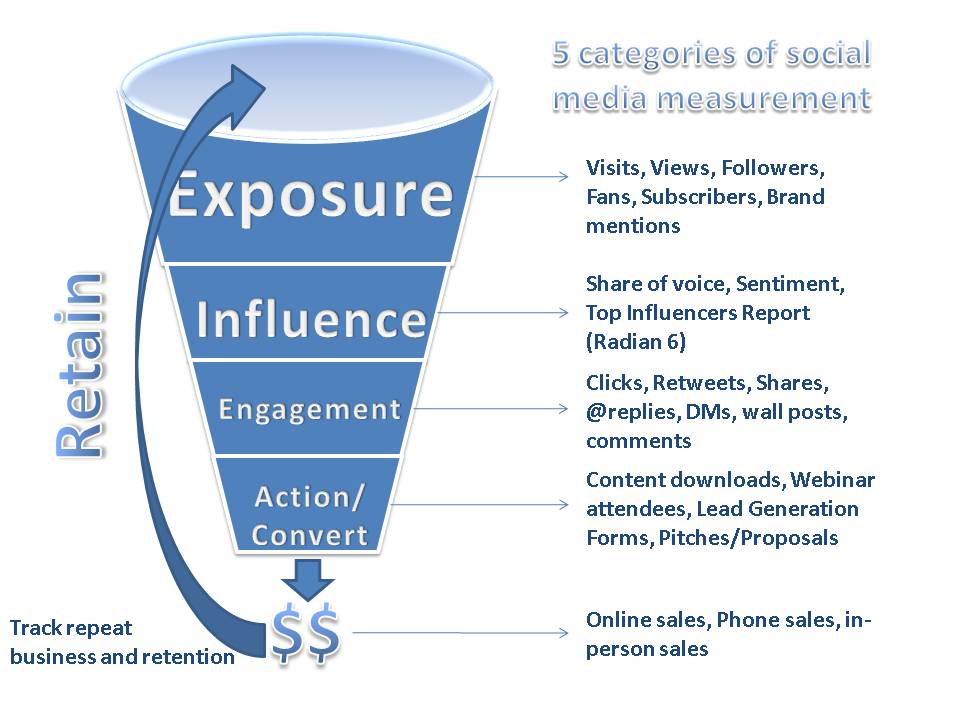As a child growing up, I was often told that aside from reading and writing, the other skill that will come in handy in life was to being able to count. My mother specifically emphasized “count your money”, “count your change”, “make a record of what is in your piggy bank”, and so I emptied my piggy bank every so often to count all the ten Kenyan cents (no longer in circulation as they are of no value) to ensure that none of my siblings had helped themselves to my hard “earned” pennies – more like begged and collected from the floor / ground.
As a child growing up, I was often told that aside from reading and writing, the other skill that will come in handy in life was to being able to count. My mother specifically emphasized “count your money”, “count your change”, “make a record of what is in your piggy bank”, and so I emptied my piggy bank every so often to count all the ten Kenyan cents (no longer in circulation as they are of no value) to ensure that none of my siblings had helped themselves to my hard “earned” pennies – more like begged and collected from the floor / ground.
All to say, I realized the value of counting early, and we humans like to count where it matters – how much money do / will I make? What will it cost? How many calories are in this meal? How many friends can I count on? What will be my return on investment? and so on. We are counting, consciously and subconsciously, trying to measure the value of our ‘investments’ whatever shape or form they take.
The same is especially true for companies; they are interested in understanding “What is in it for our brand / company?” What is the value behind every dollar spent? So it’s rather natural that this question is asked of social media campaigns and executions. So let’s take a look at the social media measurement journey for brands.
1. Counting the Number of Fans and Followers and Comments or Retweets
There were days not so long ago, when marketers would pop champagne after hitting their 1,000 fans or followers milestone, they added the ‘#winning’ to every post and settled in fan bliss world (I exaggerate). Really, the marketing teams in most companies were excited to see customers connecting with them but often wondered, what does this mean? What can be done with this? Where do we go from here?
2. Social Media Measurement Tools to measure overall brand mentions across platforms
Using proprietary tools such as Radian6, Sysomos, Netbase just to name a few, brands have been able to do what we call here at Social Media Group a conversation scan or a social media brand audit. Using the most appropriate social media tools, this requires a deep dive into not only volumes of mentions, but also social media types / platforms used, sentiment analysis, top influencers on social media channels, share of voice (if looking at your brand in comparison to key competitors) or even sub-categorizing data to cover key themes or topics and campaigns over an established period of time. This continues to be very useful, but companies are still wondering – so now what? Using these tools they know what, who and where conversations about their brand are taking place and hopefully leveraging this to find innovative ways to engage with their customers. However, the question is, How is this all impacting companies’ bottom line? In other words “Show me the money from my social media investment”.
3. Then came, “Wait a minute! How do we get our fans/followers on our website?”
So companies started to engage with users by providing links with answers to questions from fans, promoting products and services that would link back to their websites. This was and is still helpful for companies in analysing their web traffic using tools such as Google Analytics to evaluate where their traffic is coming from e.g., Facebook, Wikipedia – again, counting!
4. Integrating Social Media Measurement with CRM
According to a report by Michael A. Stelzner on the Social Media Marketing Industry (2011) one-third of all social media marketers want to know how to monitor and measure the return on investment (ROI) of social media and integrate their social media activities. This is what company executives have been fussing about; they want to understand the implication of social media investments in relation to sales, revenue and cost. The term for integrating Social Media with CRM is Social CRM. In a nutshell, it involves managing your communications, building relationships with the online community and measuring the results that reflect the bottom line – leads and sales. Social Media Examiner has provided a robust list of metrics that will help marketers get their executive team on board with social media. Further, the social customer has provided 10 steps to integrate CRM and Social Media.

Source: Full Frontal ROI
Every part of the social media measurement evolution journey has brought value to evaluating the impact of Social on Leads and Sales. Moreover, every measurement remains important but should not be represented on its own; they all fit together like a jig-saw puzzle and provide input necessary to expand and grow engagement and lead generation opportunities.